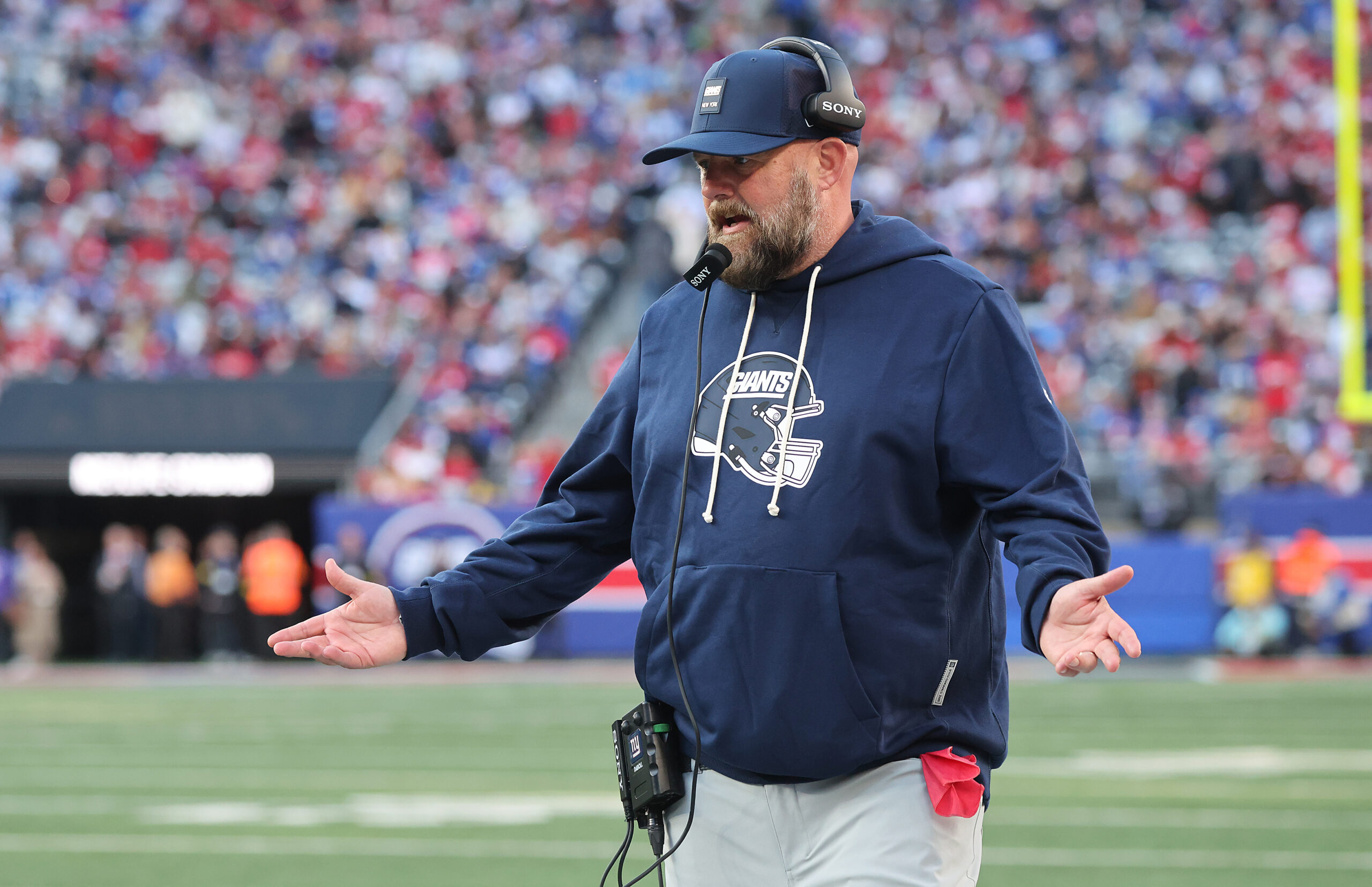With five decades of hindsight, Neil Young and Crazy Horse’s *Zuma* (released on November 10, 1975, coinciding with Young’s 30th birthday) stands out as one of the most cogent and linear albums in the former Buffalo Springfielder’s discography. Striking an ideal balance between tightly structured tracks, extended improvisational interludes, and two essentially acoustic harmony pieces, *Zuma* readily qualifies as a near-perfect LP—alongside classics like Little Feat’s *Dixie Chicken* and The Beatles’ *Revolver*.
Unsurprisingly, the clarity and cohesion of *Zuma* follow the depths of murk found in what are now known as ‘The Ditch Trilogy’: *Time Fades Away*, *On The Beach*, and *Tonight’s The Night*. (Ironically, all three were packaged together in 2017’s *Original Album Release Series 5–8*.) Despite its pervasive continuity, the album possesses a slightly patchwork nature, reminiscent of many of Neil Young’s long players.
Interwoven throughout *Zuma* are six tracks featuring Crazy Horse in a new configuration. This lineup includes multi-instrumentalist and singer Frank ‘Poncho’ Sampedro, who stepped in for the late Danny Whitten. Additionally, Crosby, Stills, and Nash lend their harmonies to the gentle “Through My Sails,” while bassist Tim Drummond and conga player Russ Kinkel add subtle layers on the similarly soft crooning piece, “Pardon My Heart.” These two tracks blend seamlessly with the rest of the record, creating an updated microcosm of the acoustic/electric polarities Young explored extensively in his live performances during the late 1960s and early 1970s.
The compact arrangements of “Don’t Cry No Tears,” “Looking for A Love,” and “Barstool Blues” provide a perfect counterbalance to the more open-ended “Danger Bird” and “Cortez The Killer.” The album’s nine tracks flow effortlessly, as if recorded in a single session—a quality reminiscent of 2017’s *Hitchhiker*, which dates back to 1976 in its origins.
The overall sonic uniformity of the album complements the understated black-and-white cover art by Mazzeo. Yet, within the music, the atmosphere is vividly multi-colored, especially within the longer tracks as well as the roughly three-minute durations of both “Stupid Girl” and “Drive Back.” In this respect, *Zuma* radiates a simplicity of intent reminiscent of Neil Young’s candid 1975 interview with Cameron Crowe for *Rolling Stone* magazine.
The chemistry between the self-described loner Neil Young and Crazy Horse is deceptively potent at this point. The lineup includes bassist/vocalist Billy Talbot and drummer/vocalist Ralph Molina alongside Sampedro (who retired in 2014, after which Nils Lofgren eventually returned to the fold). The performances, both in singing and playing, resonate strongly—especially in the version mastered by Bernie Grundman featured in the aforementioned box set.
*Zuma* is thus composed of moments that are deeply intimate and others that are wondrously expansive. Its material reflects the work of an unconscious, unfettered mind—candid to a fault at times, yet also brimming with imagination. Tracks like “Lookin’ For A Love” stand as valid expressions in their own right, just as “Cortez The Killer” does. These songs occupy opposite ends of a spectrum that spans the album’s nearly 37-minute running time.
Unsurprisingly, Neil Young’s guitar work is as economical on the softer pieces as it is exploratory on the more expansive ones. In this sense, *Zuma* aligns with two other landmark albums in Young’s catalog: 1969’s *Everybody Knows This Is Nowhere* and *Ragged Glory* from twenty-one years later (though the latter is somewhat marred by the closing track, “Mother Earth”).
Interestingly, despite the camaraderie on display in *Zuma*, Neil and Crazy Horse would maintain an on-again, off-again relationship over the years. As an artist prone to being overwhelmed by the many creative directions available to him—much like his kindred spirit Bob Dylan—this inveterate iconoclast nevertheless understands how to savor purity of expression. Whether delivered through a single song like “Ohio” or expressed across an entire album such as *Zuma*, Young’s artistry remains uniquely compelling.
https://glidemagazine.com/319664/50-years-later-neil-young-and-crazy-horse-regroup-with-looseness-vitality-on-zuma/



